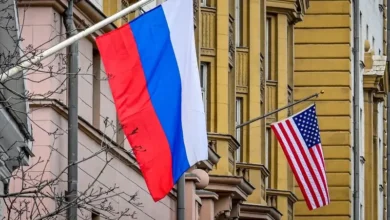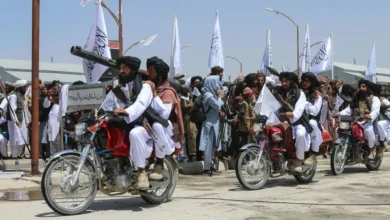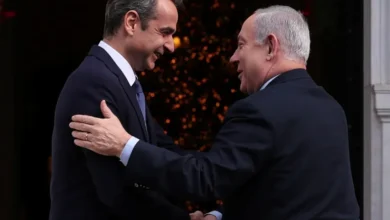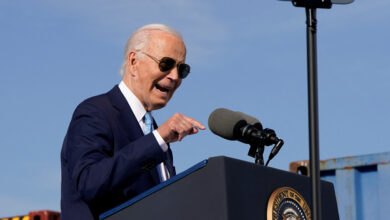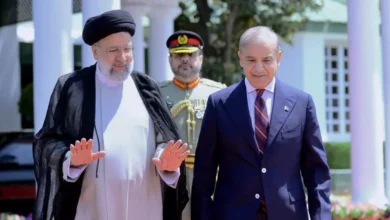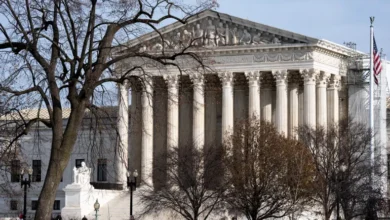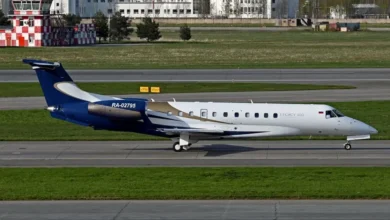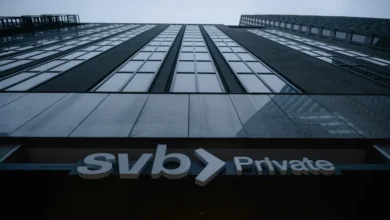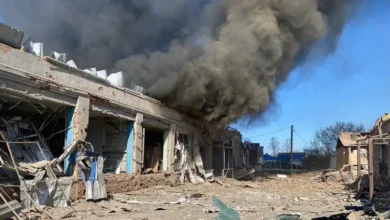Understanding the conflict in West Bank: A primer on the historic struggle

Violence has been surging in the West Bank, including deadly clashes in Jenin, a fatal shooting by Palestinians near a Jewish settlement, attacks on Palestinian villages by rampaging settlers, and rare use of Israeli air power against militants.
Here is a primer on conflict in the West Bank:
HISTORIC STRUGGLE
The West Bank including the Old City of Jerusalem was part of British Mandatory Palestine until 1948 when it was occupied by Transjordan during a war between the newly declared state of Israel and Arab countries.
Israel captured the territory during another Arab-Israeli war in 1967. Israel annexed Jerusalem and a surrounding belt of the West Bank — a step that has never won international recognition.
In 1994, the Palestinian Authority was established under interim peace deals, granting Palestinians limited self-rule while Israel continued to occupy the West Bank.
The PA runs civilian and security affairs in the main Palestinian towns and cities. The PA-run patches of the West Bank are surrounded by areas of full Israeli control amounting to over 60% of the territory and known as Area C.
TWO POPULATIONS
Not including Israeli areas of East Jerusalem, the West Bank is home to some 3 million Palestinians. About one third of them are refugees because they or their ancestors were forced to flee their homes in the 1948 war.
The number of Jewish settlers has grown to about 465,400, living in 132 government-sanctioned settlements and 146 outposts that don’t have official approval, the Peace Now watchdog group says. Israel’s nationalist-religious government has approved thousands of additional housing units for settlers this year.
Palestinians face numerous restrictions on movement and construction. In 2022, the UN Office for the Coordination of Humanitarian Affairs says 781 Palestinian structures were demolished in Area C, typically due to a lack of Israeli permits
which it says are nearly impossible to obtain.
CONFLICTING VISIONS
The West Bank is central to Palestinian aspirations for a state that would include the Gaza Strip and have East Jerusalem as its capital. But the peace process has long been moribund.
To Israel, the West Bank is of strategic and religious importance. It is known in Israel as Judea and Samaria and home to many biblical sites — a factor that has drawn settlers.
Israeli Prime Minister Benjamin Netanyahu in 2019 announced plans to annex parts of the West Bank. But Israel suspended such steps under a 2020 deal normalizing ties with the United Arab Emirates.
Palestinians say Jewish settlements undermine the two-state solution.
VIOLENCE
The West Bank was an arena of the first Palestinian uprising, or Intifada, which erupted in 1987 and was defined by confrontations between stone-throwing Palestinians and Israeli soldiers. It was also a battleground in a second Intifada, which began in 2000 and spiraled into armed conflict.
Israel began building high concrete walls cutting off parts of the West Bank in 2002, saying it aimed to stop suicide bombings. To Palestinians, the barrier — most of which is in the West Bank — amounts to a land grab.
Violence pitting Jewish settlers against Palestinians has featured prominently in the latest phase of the conflict. Settler attacks on Palestinians have been on the rise.
A settler rampage in a Palestinian village in February prompted international condemnation. It followed a Palestinian gun attack that killed two Israeli brothers.
There have been several similar incidents since then, most recently this month when settler mobs attacked towns and villages following the killing of four Israelis by gunmen of the Palestinian militant group Hamas.
INTERNATIONAL VIEW
Most countries regard the West Bank including East Jerusalem as occupied territory.

